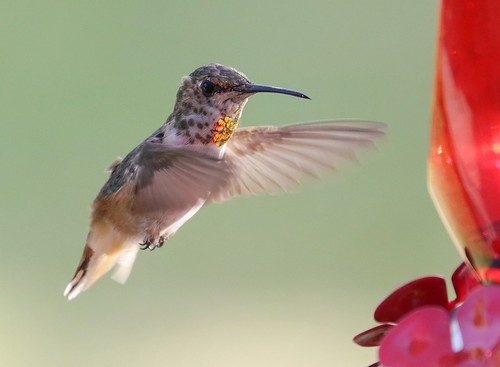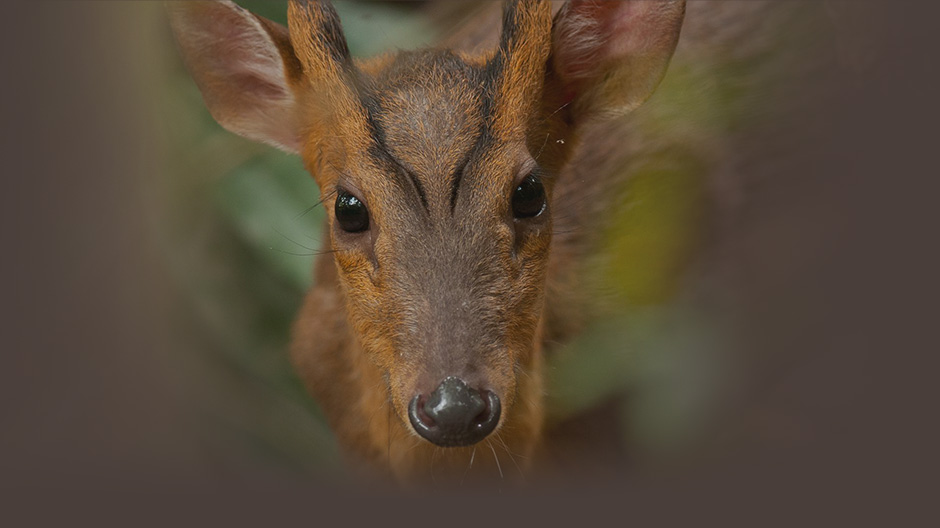美國非營利環保組織奧杜邦學會(National Audubon Society)8日發表研究指出,以目前的氣候變遷速度,若再不減少溫室氣體排放,到了2080年,北美314種鳥類將失去一半以上的生存空間,白頭鷹——美國國鳥的夏季生存空間,甚至將在接下來65年間減少近75%。
多種美國本土鳥類滅絕風險增高
奧杜邦學會總裁兼執行長David Yarnold說,「美國本土最大鳥類黑嘴天鵝(Trumpeter Swan)、褐頭五十雀(Brown-headed Nuthatch)以及美洲反嘴鷸(American Avocet)等鳥類的生存範圍可能減少超過99%,滅絕風險極高。」
美國北方的象徵、明尼蘇達州鳥「潛鳥」(Common Loon)到了2080年,將無法在較低緯度的48州繁殖。
巴爾的摩金鶯是馬里蘭州州鳥也是美國職棒隊伍巴爾的摩金鶯隊的吉祥物,卻可能無法繼續在中大西洋地區築巢,必須往北遷移尋找適合牠生存的氣候。
這些數據都是透過最新科學研究和氣候模型得出的保守估計。
奧杜邦首席科學家、研究主持人Gary Langham說:「今日美國本土鳥類最大的生存威脅是全球暖化,這是我們7年來孜孜不倦仔細深入研究得到的結論。」美國魚類及野生動物管理局也是此研究的資助者之一。
美民團呼籲:守住「氣候要塞」
奧杜邦學會以此研究呼籲採取行動守住「氣候要塞」,即未來幾十年內都還會是鳥類生存範圍的主要地區。
奧杜邦學會8日啟動氣候推廣計畫,提供北美居民解決氣候問題的相關資訊、訓練和工具,從自家後院、社群到州政府層級的行動都包含在內。
奧杜邦學會鼓勵民眾上climate.audubon.org閱讀研究報告,並分享他們的氣候變遷故事。
「許多鳥類因棲地流失、汙染、摩天大樓和高塔等人工障礙物已經面臨生存困難。氣候變遷讓鳥類和棲地保育更雪上加霜。」Yarnold說。
國際鳥盟科學長tuart Butchart博士說,「這份北美研究結果和歐洲、非洲及亞洲的研究結果一致,顯示氣候變遷對全球鳥類將有巨大影響,對許多鳥類來說都是弊大於利。」
At the current pace of climate change, 314 species of North American birds could lose half or more of their livable ranges by the year 2080 if nothing is done to stop the release of greenhouse gases into the atmosphere, finds a scientific study issued Monday by the National Audubon Society.
The national symbol of the United States, the Bald Eagle, could see its current summer range decrease by nearly 75 percent in the next 65 years.
Audubon President and CEO David Yarnold says, “Some, like the Trumpeter Swan, Brown-headed Nuthatch, and American Avocet, could lose more than 99 percent of their livable range, which puts them at extreme risk for extinction,” says Yarnold.
These are conservative estimates based on cutting-edge science and state-of-the-art climate models.
“The greatest threat our birds face today is global warming. That’s our unequivocal conclusion after seven years of painstakingly careful and thorough research,” said Audubon Chief Scientist Gary Langham, who led the study, which was funded in part by the U.S. Fish and Wildlife Service.
Audubon is using the results of this study as an urgent call to action to protect “climate strongholds,” key places that will continue to support bird life in the coming decades.
Audubon Monday launched a climate initiative to give North American residents the information, the training, and the tools they need to create solutions – in backyards, communities, states and provinces.
The group encourages people to read the report at: climate.audubon.org and to share their own stories of climate change.
“Many bird species are already struggling,” said Yarnold, “victims of habitat loss, pollution, and man-made obstacles like skyscrapers and towers. Our urgent climate warning comes on top of an already crowded and urgent agenda for conserving birds and their habitats.”
The Common Loon, icon of the north and state bird of Minnesota, may no longer be able to breed in the lower 48 states by 2080.
The Baltimore Oriole, state bird of Maryland and mascot for Baltimore’s baseball team, may no longer nest in the Mid-Atlantic, shifting north instead to follow the climatic conditions it requires.
“This new North American study is consistent with results from Europe, Africa and Asia showing that climate change will have profound impacts on the world’s birds, with many more species projected to be in trouble than benefiting,” said Dr. Stuart Butchart, head of science with BirdLife International.
※ 全文及圖片詳見:ENS
 網站捷徑
網站捷徑




